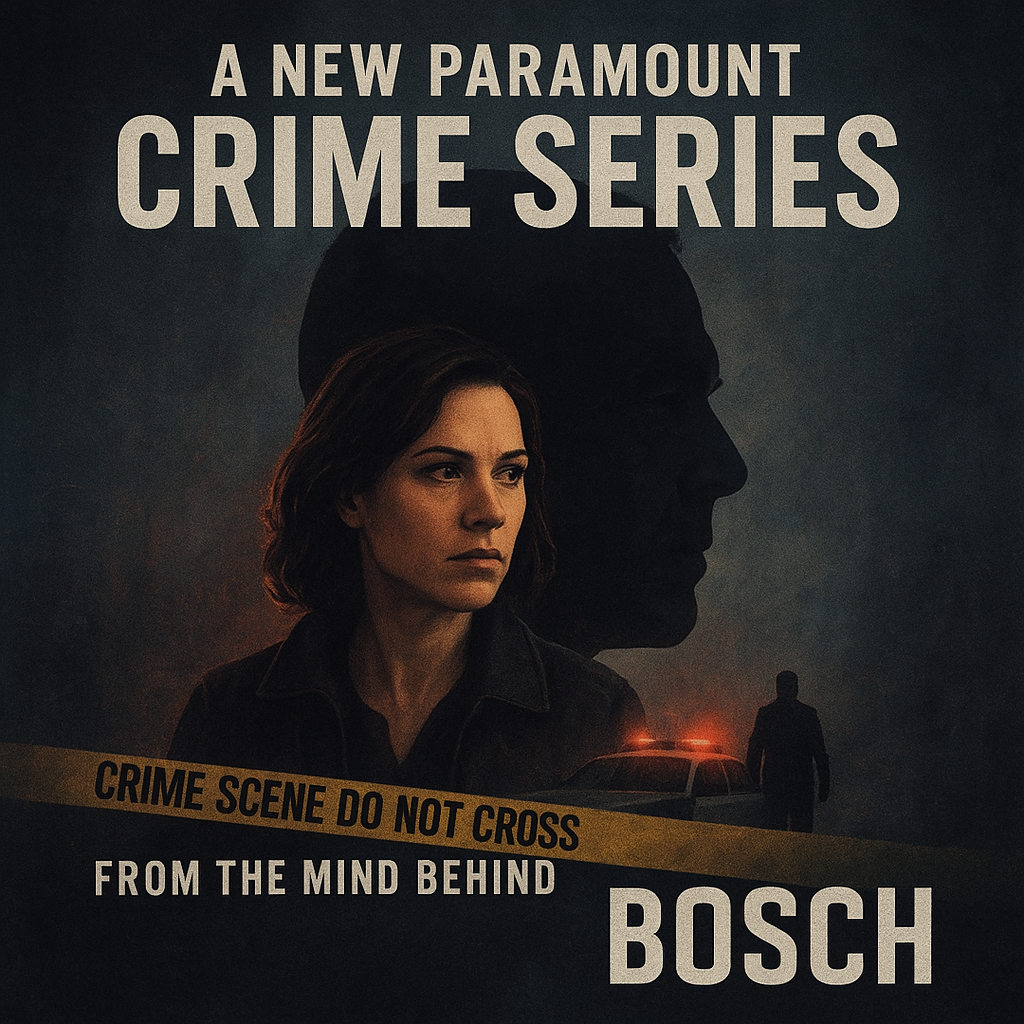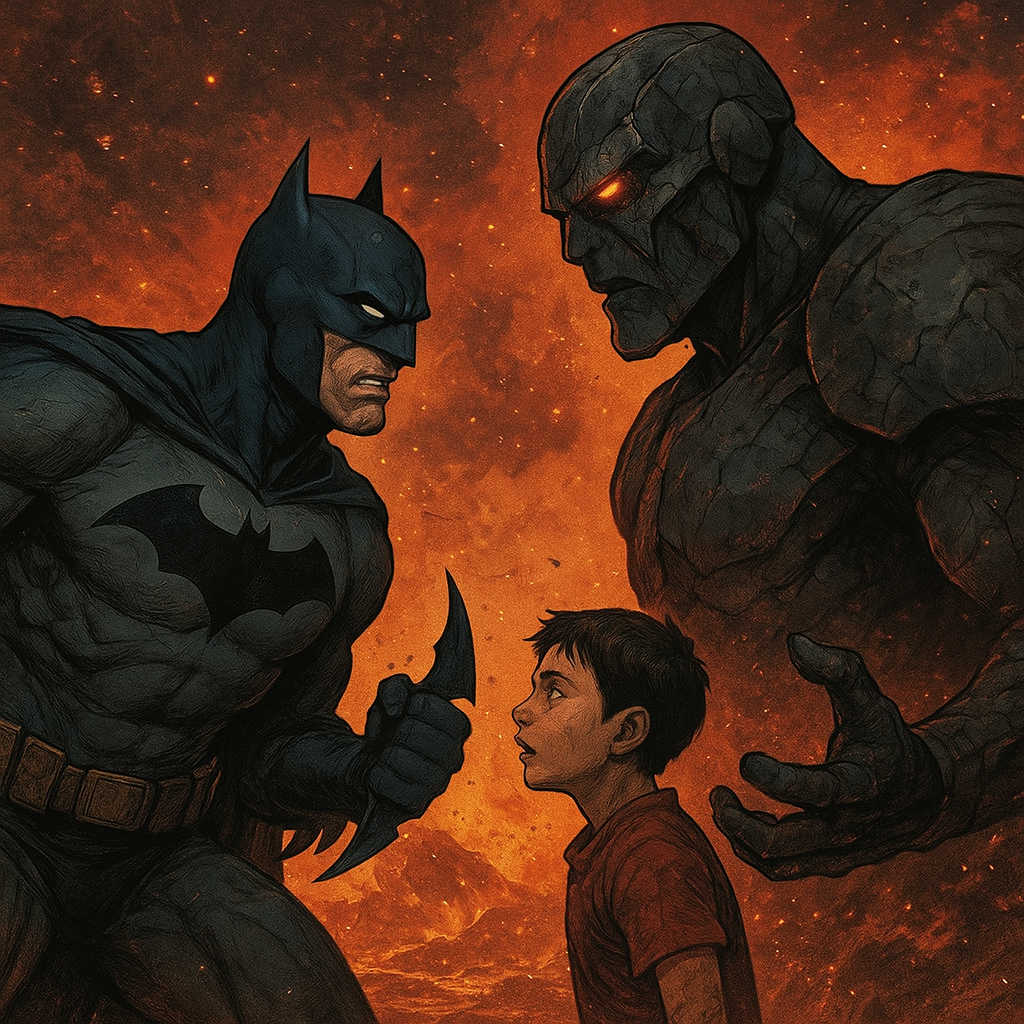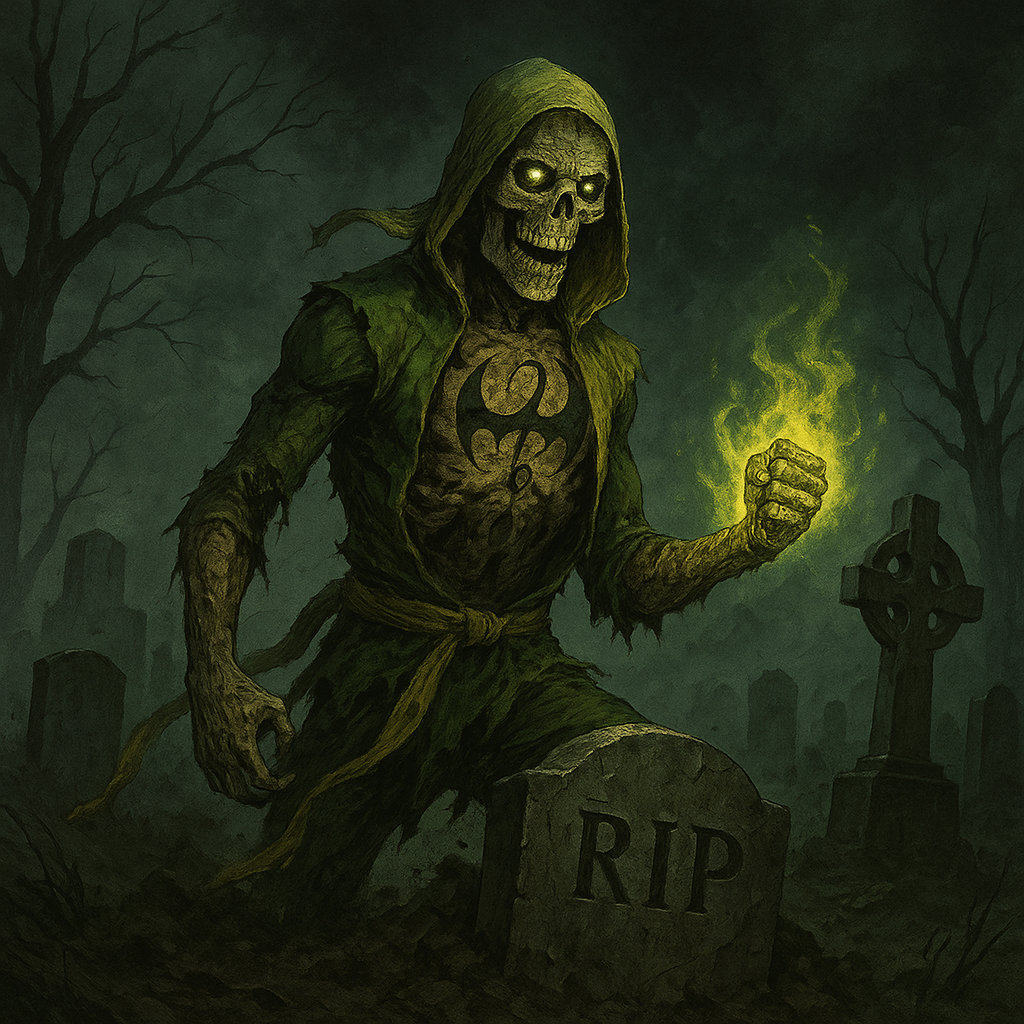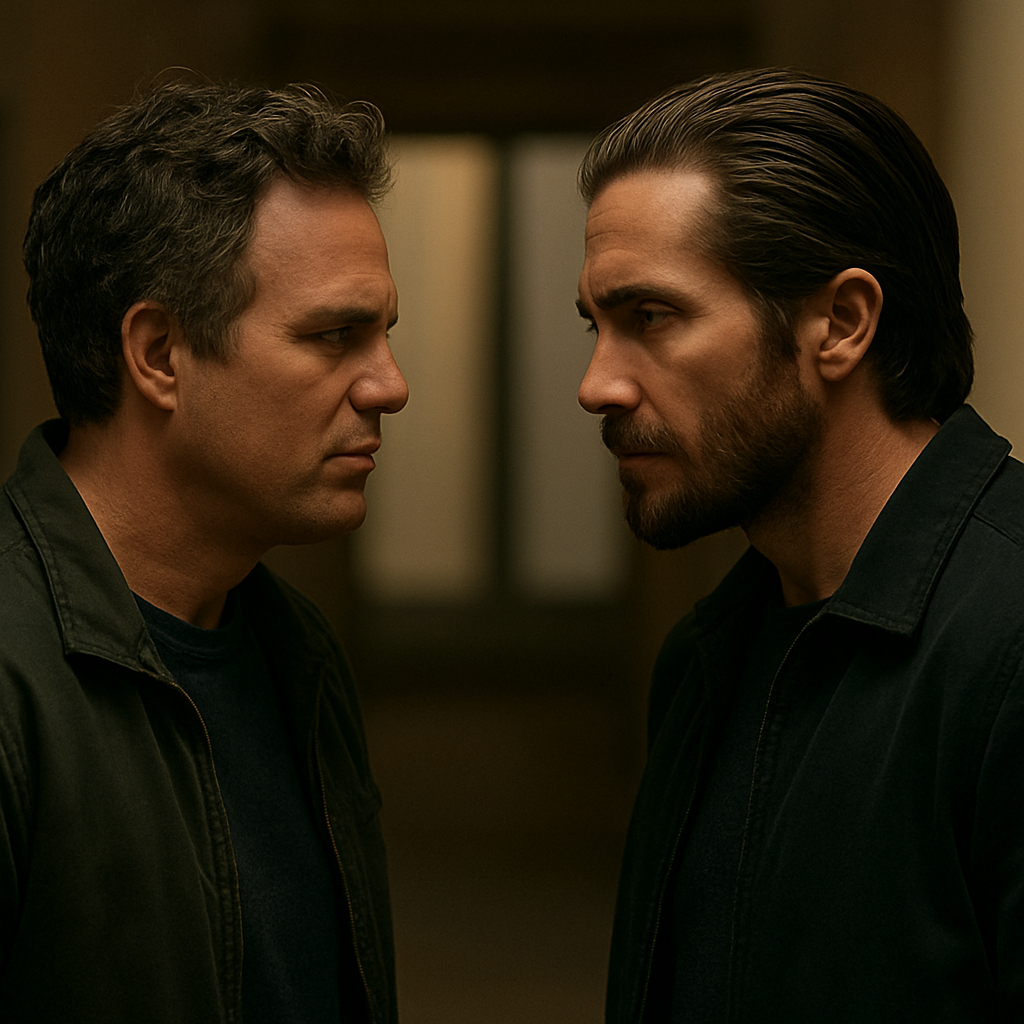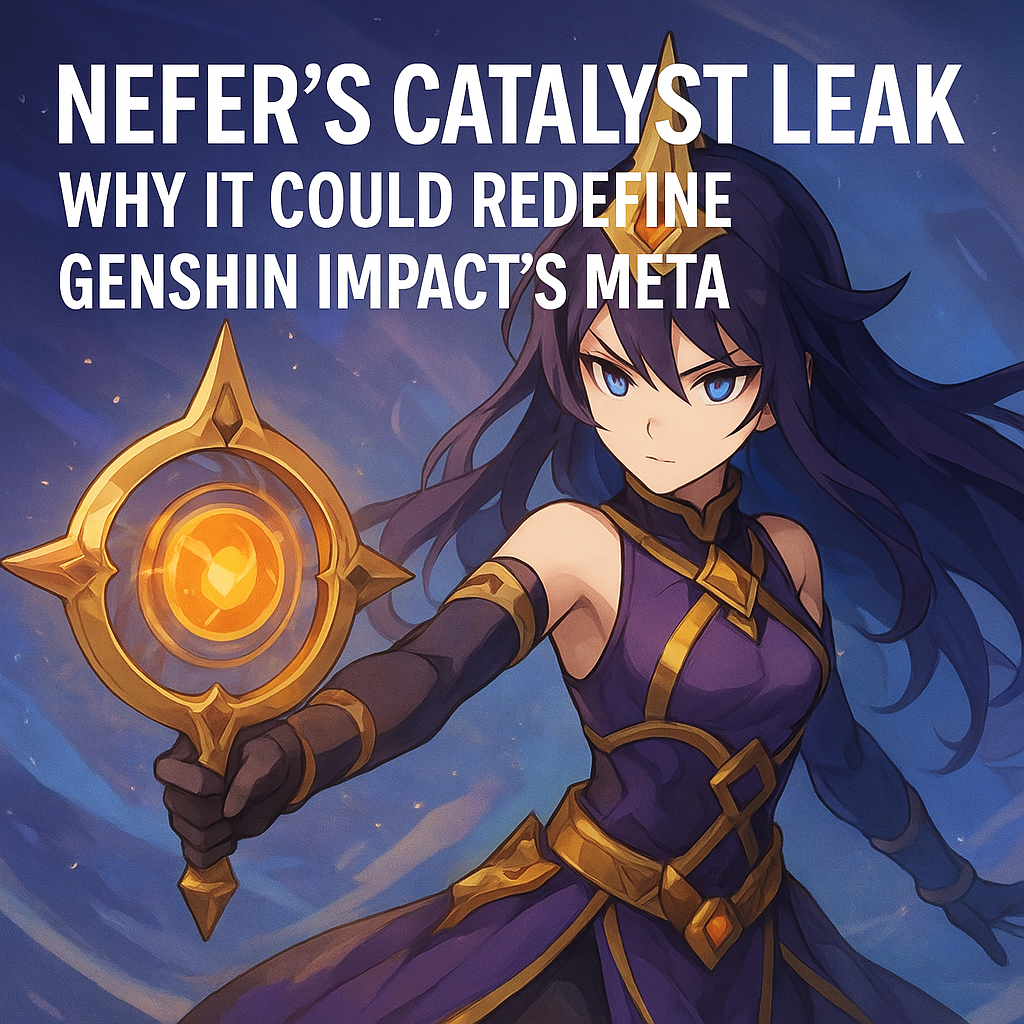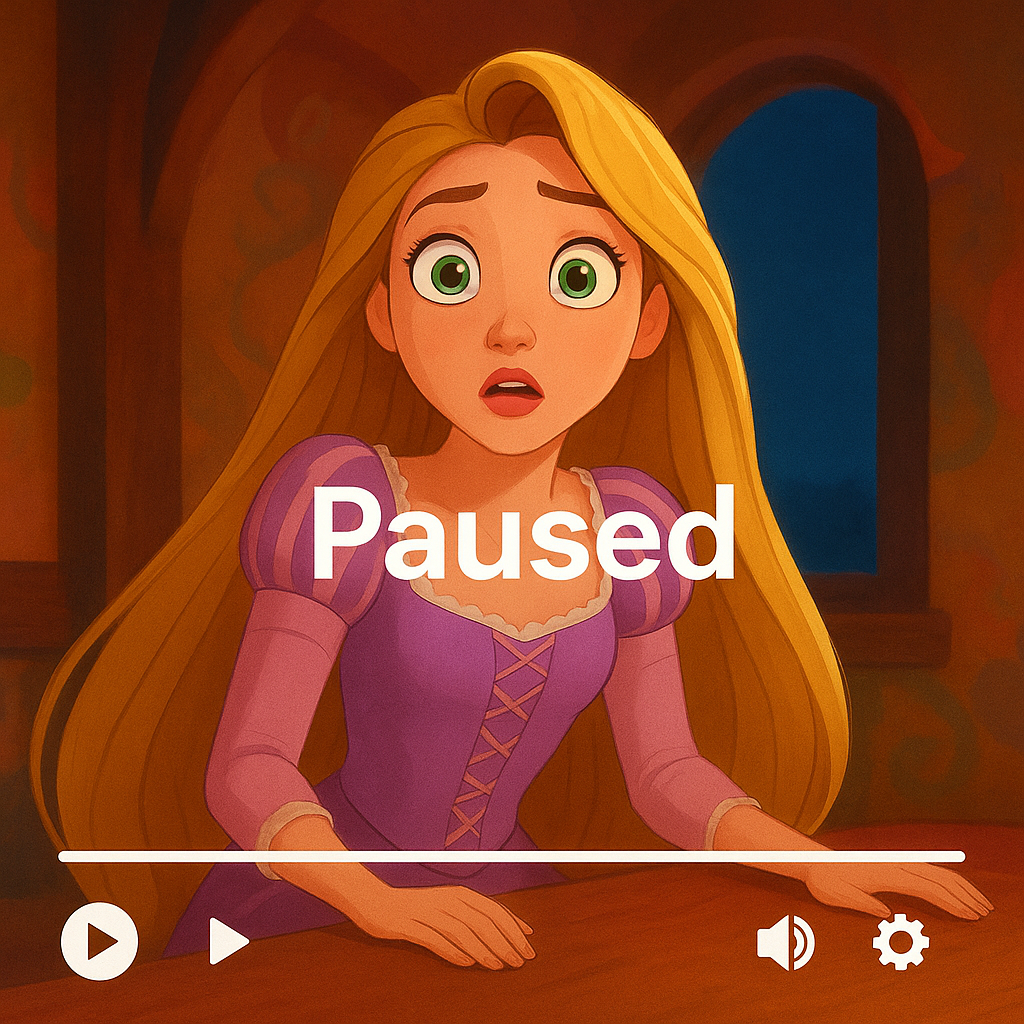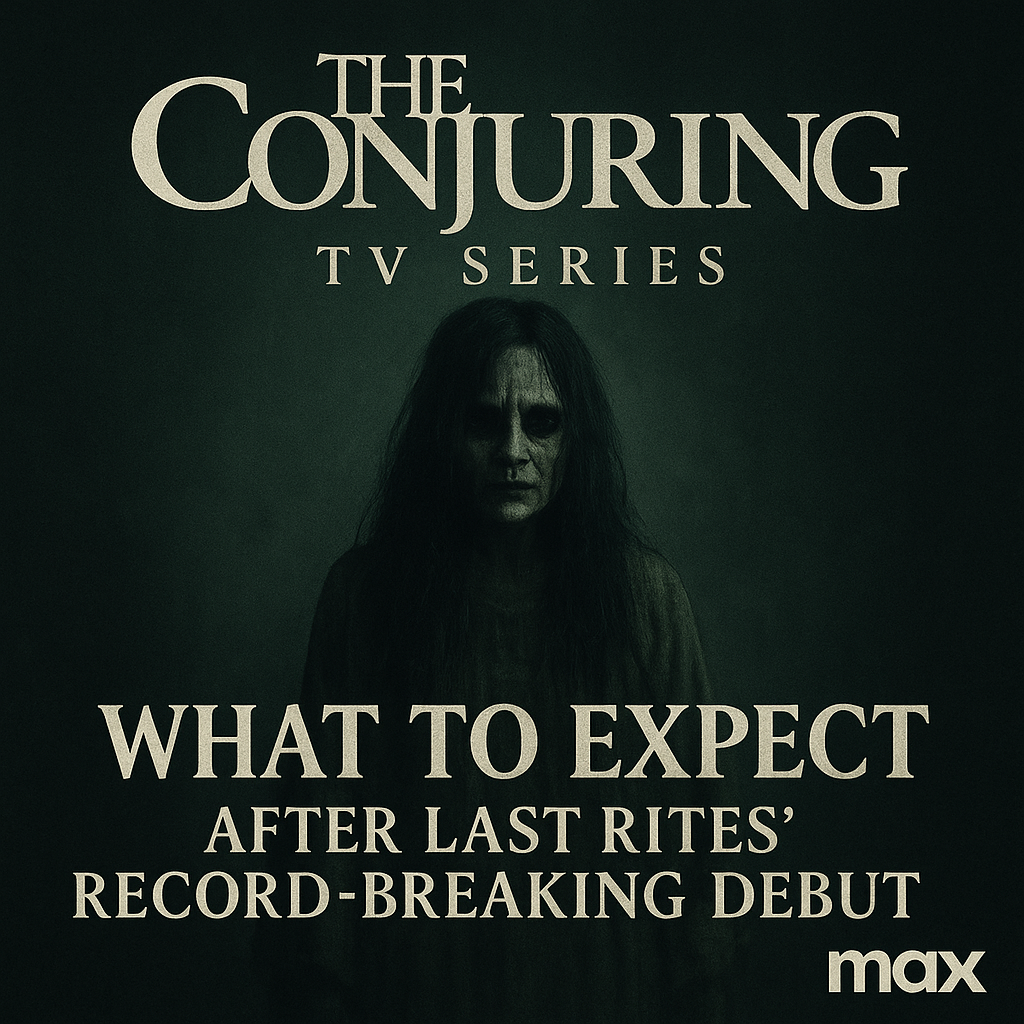Introduction
Batman has always been rich, but “rich” has usually meant billionaire with a bottomless R and D budget, a private fleet of grav-quiet jets, and enough real estate to hide a small army of Robins. The Immortal Legend era changes that baseline entirely. In Immortal Legend Batman #1, DC makes it official: Bruce Wayne is a trillionaire. The number is so large it sounds like science fiction, yet the creative team uses it as a story engine rather than a throwaway flex.
A status shift this dramatic affects the hero’s methods, his enemies, the politics of Gotham, and the soul of the man under the cowl. This feature unpacks how a trillion-dollar Bruce rewires the Batman mythos and why it matters for readers who care about character, stakes, and the future of the line.
The Creative Vision Behind The Status Quo Shift
The new series arrives with a clear thesis: everything readers think they know about Batman’s operating ceiling is now a floor. The launch issue by writer Kyle Higgins with Mat Groom, artists Dan Mora and Erica D’Urso, colorists Tamra Bonvillain and Igor Monti, and letterer Becca Carey establishes tone and scale at once. The book leans into audacious visual storytelling, cinematic pacing, and a tech forward Gotham that feels two steps beyond near future. The creative team’s previous work shows an affinity for world building aligned with character voice, which is crucial when rebalancing an icon’s resources. Power without perspective reads hollow. The debut aims to avoid that trap by focusing on consequences.
Trillionaire Is Not A Flex: It Is A Plot Device
Billionaire Batman can buy a building. Trillionaire Batman can buy a city. That is not hyperbole. A trillion is a thousand billions. If Bruce historically draws on Wayne Enterprises for advanced materials, prototyping labs, and logistics, a trillion-dollar personal fortune lets him go outside the constraints of regular corporate governance. Shell companies are no longer shell games. They are instruments of urban redesign and geopolitical influence.
The series treats the number as more than bragging rights. The moment Bruce’s net worth becomes public, his relationship with every institution reconfigures. Regulators see him as a system unto himself. Banks see him as too big to fail and too solvent to need them. Criminals see him as a bounty. Philanthropic boards see him as a solution to problems that usually take a generation. The GCPD must ask whether the city’s most famous vigilante can now outspend its budget by orders of magnitude. The question for Bruce becomes simple and brutal: if you can fix everything with money, what do you fix first, and what do you break by doing it too quickly.
How Could Bruce Wayne Reach A Trillion
Comics have always been comfortable with outsized wealth when tied to science and scale. The Immortal Legend framework points to a combination of factors that feel plausible inside DC’s heightened reality.
Exponential Tech
Wayne’s portfolio has long included defense contracts, medical technology, energy capture, and materials science. A catalytic breakthrough in any one of those can spike valuations. Multiple breakthroughs hit like a chain reaction: next generation energy cells that unlock mass adoption of electrified public transit, meta materials that cut construction time in half, and AI enhanced logistics that carve cost out of shipping. When those patents license globally, cash piles up with no real world analog.
First-Mover Infrastructure
Bruce has always been a builder. With a trillion at hand, he can become the contractor of record for smart grids, seawalls, disaster resistant housing, and satellite networks that reduce the digital divide. Governments partner when the technology arrives as a turnkey solution. Revenue streams diversify and lengthen. The fortune becomes self reinforcing.
Legacy Capital And Quiet Dividends
Wayne estate wealth predates Bruce, and in many continuities it is diversified across old line industries. Quiet dividend reinvestment over decades compounds into something unreal when combined with explosive growth in cutting edge divisions. The book frames this not as a magic trick but as the natural endgame of decades of good stewardship meeting world changing tech.
What A Trillion Does To Gotham
Gotham is a character. It has moods, weather, and a stubborn refusal to stay saved. Trillionaire Bruce creates unprecedented leverage over that character.
Urban Redevelopment With Teeth
Imagine Bruce directly funding modular, rapid build housing that undercuts slumlord economics. Overlay that with a citywide transit plan using autonomous shuttles and smart street lighting that removes the shadows criminals love. Add an expanded social safety net delivered through Wayne Foundation clinics that operate 24 hours with mobile outreach. The effect is immediate. Crime that feeds on scarcity loses oxygen. Crime that feeds on corruption tightens its grip.
Political Disruption
Money at this scale makes city council races and mayoral campaigns look quaint. Bruce has often avoided overt political influence to preserve autonomy and avoid conflicts. The story now pushes him to confront a reality: if he sits out, less scrupulous actors will not. If he participates, where is the line between civic engagement and soft control. Gotham’s power brokers are suddenly less relevant, which makes them dangerous.
The Criminal Ecosystem Evolves
Traditional rogues adapt. The Penguin, who treats crime like portfolio management, pivots into exotic finance and cyber heists, aiming at Wayne’s new crown jewels. Black Mask consolidates street level operations into private security firms with legitimate veneers. The Falcone style syndicates pivot to public works graft. The Joker remains the outlier: if Bruce tries to solve Gotham with money, Joker will try to prove that money cannot buy moral victory. Higher stakes draw nastier games.
The Ethics Of Infinite Budgets
Batman stories thrive when Bruce faces problems that cannot be solved with a gadget. The trillionaire turn risks blunting that edge unless the book embraces the real friction: power without constraints is a test of character.
Vigilantism Versus Governance
If Bruce funds surveillance networks that outperform the GCPD’s capacity, who is accountable when an algorithm flags the wrong person. If he bankrolls private disaster response teams that beat municipal services to a fire, do voters stop demanding better public services. The ethics are thorny. The book’s smartest play is to let Bruce struggle publicly and privately with the notion that sometimes the right answer is to make institutions stronger rather than to replace them.
Philanthropy With Guardrails
Traditional Wayne Foundation work has emphasized education, mental health, and rehabilitation. With a trillion at stake, the Foundation must professionalize at a scale that makes the United Nations look small. Independent boards, radical transparency, and third party audits become narrative tools. Bruce can insist on limits that protect the Foundation from becoming a shadow government. The discipline keeps the character trustworthy.
The Wayne Identity Problem
The more Bruce moves the world as Bruce, the more Batman risks becoming an accessory rather than a necessity. That tension is fertile ground. At what point does he leave the cape at home because a signature on a contract will save more lives than a night on the rooftops. At what point does he ignore the contract because one endangered kid in Crime Alley matters more than a billion dollar seawall. The story’s heart lives in those choices.
The Bat-Family In A New Economy
A change this seismic does not stop with the man in the cave.
Alfred’s Counsel
Alfred has always been Bruce’s conscience. He will likely advocate for proportion and process: fund the city, yes, but keep your nights on patrol, and do not forget why you started this crusade. His presence can be the narrative brake when momentum risks flattening nuance.
Robin, Spoiler, And The Next Generation
Younger allies bring moral clarity. They will ask why certain neighborhoods see new clinics first, why certain contractors get the jobs, and whether Wayne resources can be used to lift up the kids who remind them of themselves. Their questions keep Bruce honest.
New Threat Vectors For A Trillion-Dollar Batman
Enemies scale to match heroes.
Financial Warfare
A villain with patience can wage quiet war that ties Bruce’s hands while chaos blooms. Imagine a Court of Owls remnant allied with offshore capital, or a Ra’s al Ghul cell using eco activism fronts to kneecap Wayne energy projects.
Super Science Theft
With new patents come new targets. Villains who once fought for jewelry now fight for seed algorithms, biofabricators, and zero point prototypes. The heist story evolves into intellectual property warfare. The stakes are global and the consequences are permanent.
Public Perception And Trust
The fraught reality of modern celebrity culture means a misstep becomes an outrage cycle. A single project that displaces a neighborhood without adequate consultation can turn supporters into skeptics. Batman can tank a threat in the dark. Bruce must win arguments in daylight. Different skills, different scars.
Tradition Versus Innovation: Where This Fits In The Canon
This is not the first time DC has explored new scales for its heroes. Elseworlds, futures, and reboots often experiment with status to illuminate character. What makes Immortal Legend feel consequential is its attention to how money changes tempo rather than changing purpose. Bruce remains the boy who made a promise in an alley. The trillion gives him a bigger hammer, but the narrative asks whether every problem is a nail. When stories respect that core, wild ideas strengthen the myth instead of diluting it.
Why This Twist Works Dramatically
The best Batman stories put Bruce at the edge of what he can control. A fortune this large sounds like control finally won. In practice it is a fresh edge. Bruce must hire people he cannot personally vet. He must delegate to leaders whose values will sometimes conflict with his. He must pick between good options and live with unintended harm. Those are adult, human stakes. They let the book interrogate power, responsibility, and humility through a character readers already love.
Reader Takeaways: What To Watch As The Run Unfolds
- How public Bruce becomes: more press conferences and policy clashes mean different kinds of bat drama.
- Where the money goes first: priorities reveal philosophy. Housing, healthcare, and education signal reform. Military tech and citywide surveillance signal a harder edge.
Conclusion
It is a creative bet that character shines brightest when placed under new kinds of pressure. In Immortal Legend Batman #1, DC reframes Bruce Wayne as a force capable of rebuilding a city at scale while reminding readers that wealth cannot buy absolution. Gotham still needs a guardian who walks alleys and listens.
The cape still matters. The checkbook now matters too. If the series continues to treat money as a moral test rather than a cheat code, this era may give fans something rare: a Batman who feels timeless and brand new at once, a hero powerful enough to move mountains and humble enough to carry the weight of a single, frightened child out of the dark.

